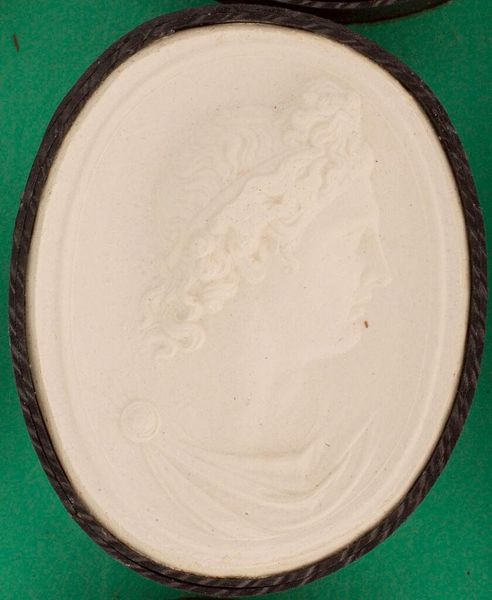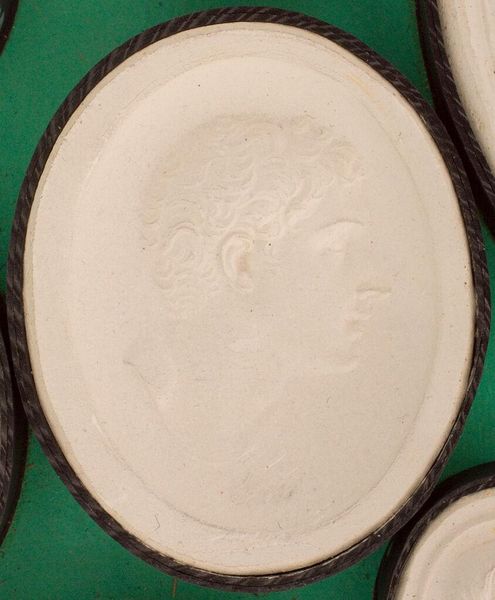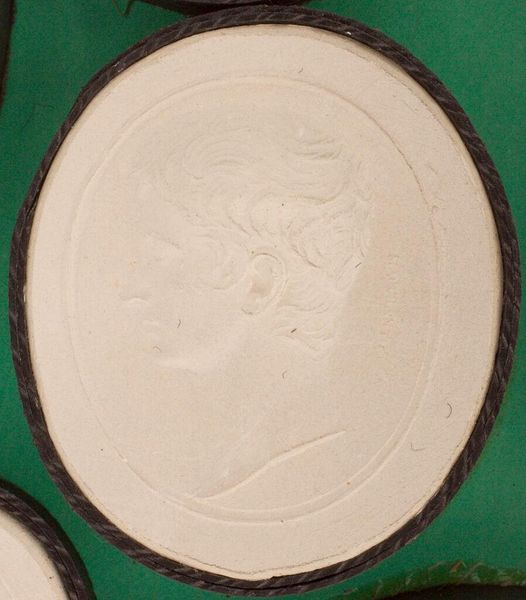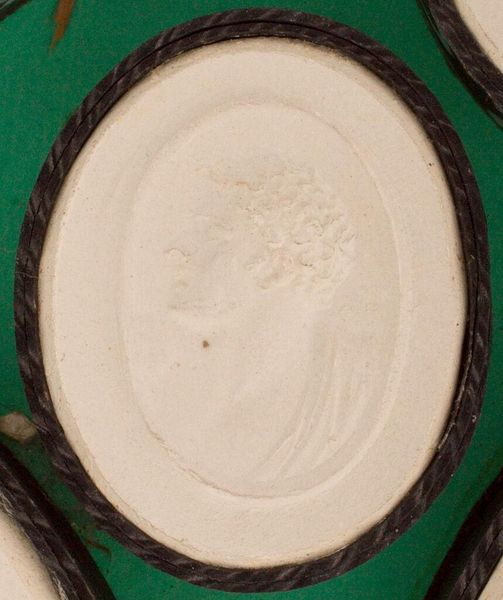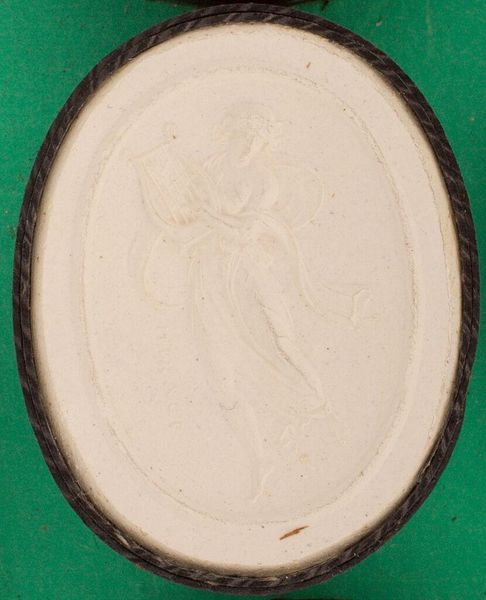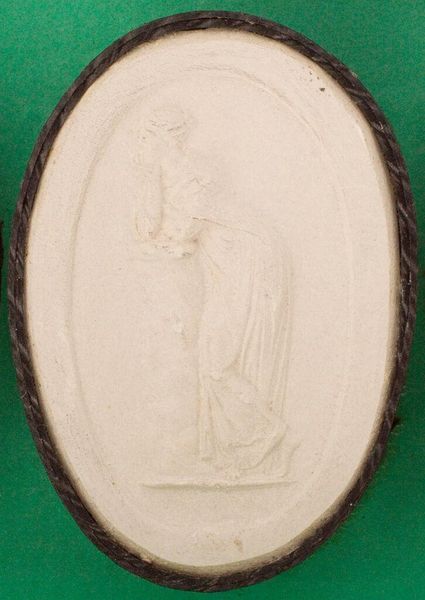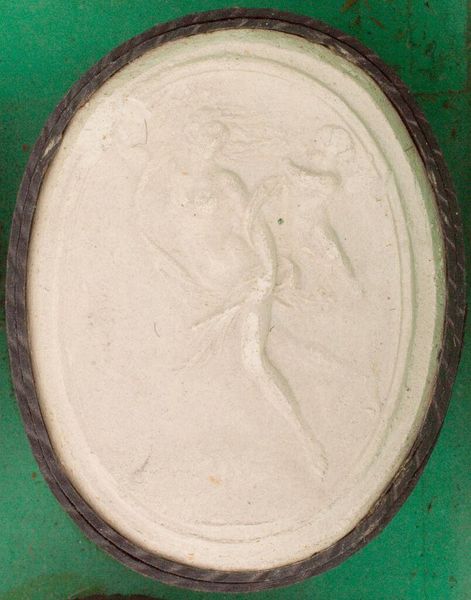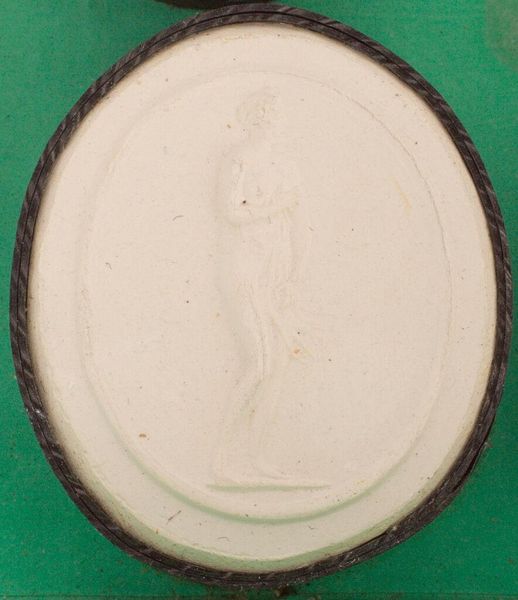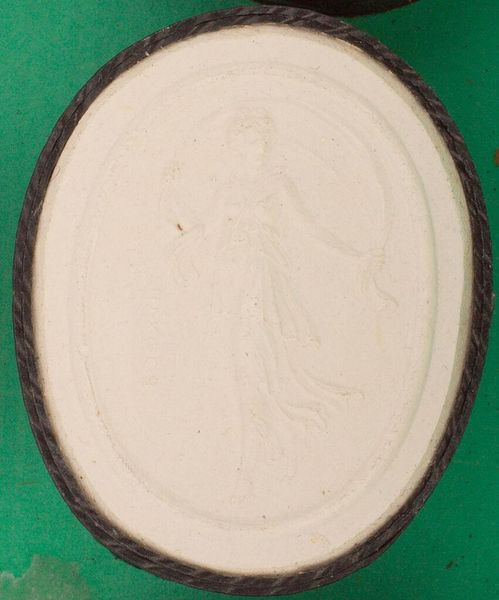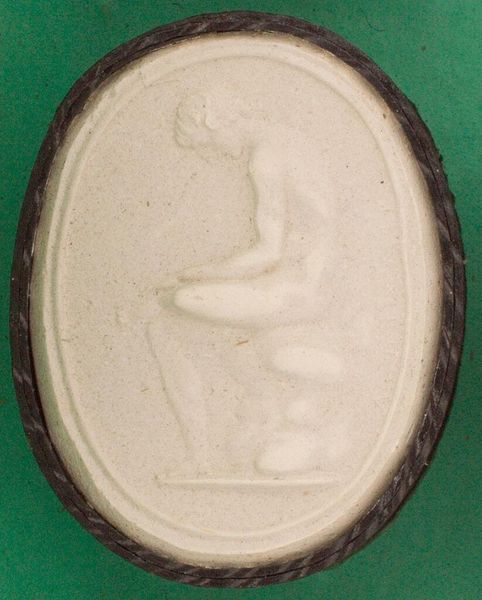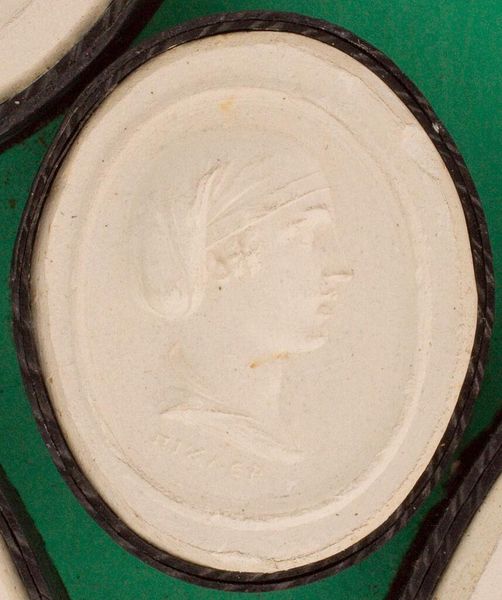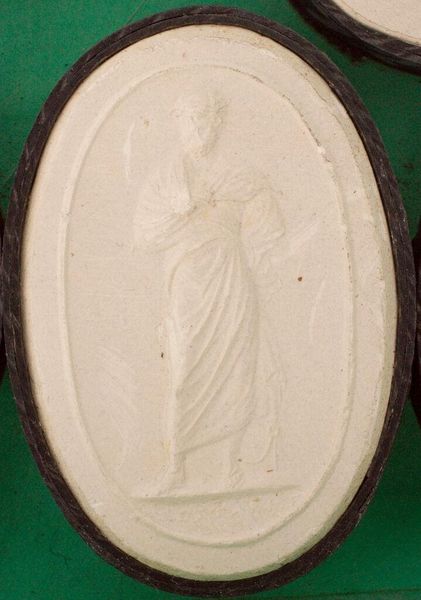
Dimensions: 3.2 x 2.6 x 1.1 cm (1 1/4 x 1 x 7/16 in.)
Copyright: CC0 1.0
Editor: This is a small, oval relief carving of Lucius Verus, after antiquity, by the Pichler family. It's remarkably detailed for its size. What can you tell me about how it reflects power dynamics of its time? Curator: This cameo, like many portraits of rulers, speaks to the construction and dissemination of power. Consider how the Pichler family, by recreating an image of a Roman emperor, is engaging with and perhaps commenting on the legacy of Roman authority. What does it mean to reproduce these images across time? Editor: I see it as an attempt to legitimize current power by connecting to a glorified past, but is it successful? Curator: Indeed, but the effectiveness hinges on the audience's reception and their own relationship to both historical and contemporary power structures. Reproduction is never neutral; it reinforces or challenges existing narratives. Editor: That’s a great point. It makes me think differently about these kinds of historical reproductions. Curator: Exactly. By questioning the motivation and the audience, we start to see how art reinforces or challenges cultural beliefs.
Comments
No comments
Be the first to comment and join the conversation on the ultimate creative platform.
